Straddling the delta where the Ganga, Brahmaputra, and Meghna rivers meet the Bay of Bengal, the Sundarbans is the world’s largest contiguous mangrove forest, spanning over 10,000 km² across India and Bangladesh. Deriving its name from the Sundari tree (Heritiera fomes), this place reads like folklore and science at once: a maze of tidal creeks, mudflats and dense mangrove roots, where the land is never still and the rules of survival are rewritten every day. In this moving, salt-stung wilderness, a tiger has learned to be two animals at once, a predator of the forest and a master of the water. It can slip through channels with the same silent assurance it uses to stalk prey through tangled prop roots. To watch a royal Bengal tiger of Sundarbans is to see an animal that has adapted to a landscape shaped by tide and storm.

But survival in the Sundarbans is a precarious business. People and tigers share a dense human footprint. More than 7 million people live in the broader Sundarbans region and rely on its resources for fishing, honey, fuel and livelihood. That necessitates humans to be present, which gives rise to frequent and sometimes tragic encounters with the wild. Tiger attacks on people and boats are a tragic, recurring headline; they disproportionately affect those like honey collectors, fishers and wood gatherers who enter the forest to work. The economic and social costs run deep. Entire families and communities live with the trauma of loss of lives that brought in livelihood, and many victims’ families face bureaucratic and social difficulties in getting due compensation. At the same time, local news has also documented tragic incidents of tigers killed in human retaliation. Each story is a data point and a story: the same patch of water that hides a tiger is also the route fathers take to feed their families. Conservation must therefore be a conversation between those who protect the tiger and those who live in fear of it every day.
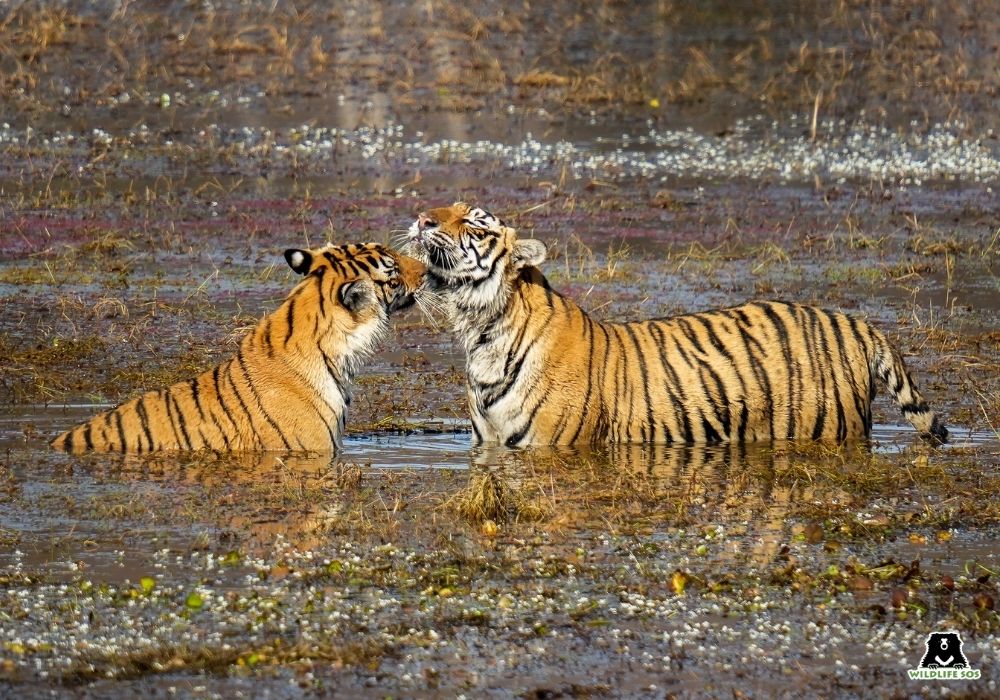
Recent surveys offer cautious hope, but they come after years of deep concern. Tiger numbers in the Sundarbans had fallen sharply in the early 2000s and 2010s, with poaching, prey depletion, and rising human-tiger conflict threatening their survival in this fragile mangrove ecosystem. On the Bangladesh side, earlier surveys of tigers once estimated barely 100 individuals. But recent reports show an upward trend in tiger numbers in the latest camera trap-based censuses, with surveys recording roughly 125 adult tigers, an increase from previous counts. On the Indian side, the 2022–23 tiger census placed the Bengal tigers of Sundarbans at 101 individuals. Taken together, the Sundarbans supports somewhere in the order of 200–250 tigers across both countries, making it the world’s only mangrove landscape in the world for the endangered tiger species. These figures also show both conservation gains and enormous fragility. Even modest population changes in such a restricted and specialised habitat matter greatly.
Interestingly, Sundarbans’ big cats are exceptional in form and behaviour when compared with their cousins on the mainland. They are often leaner, more muscular in the shoulders and chest, and more willing, even adept, to swim between islands and across estuaries in search of food. Their diet reflects the mangrove menu: fish, crabs and mammals like monkeys and deer. In this unique location, tigers show remarkable adaptability to their modifying surroundings as well, hunting in waterlogged conditions and travelling across a shifting seascape in ways no other tiger population needs to.
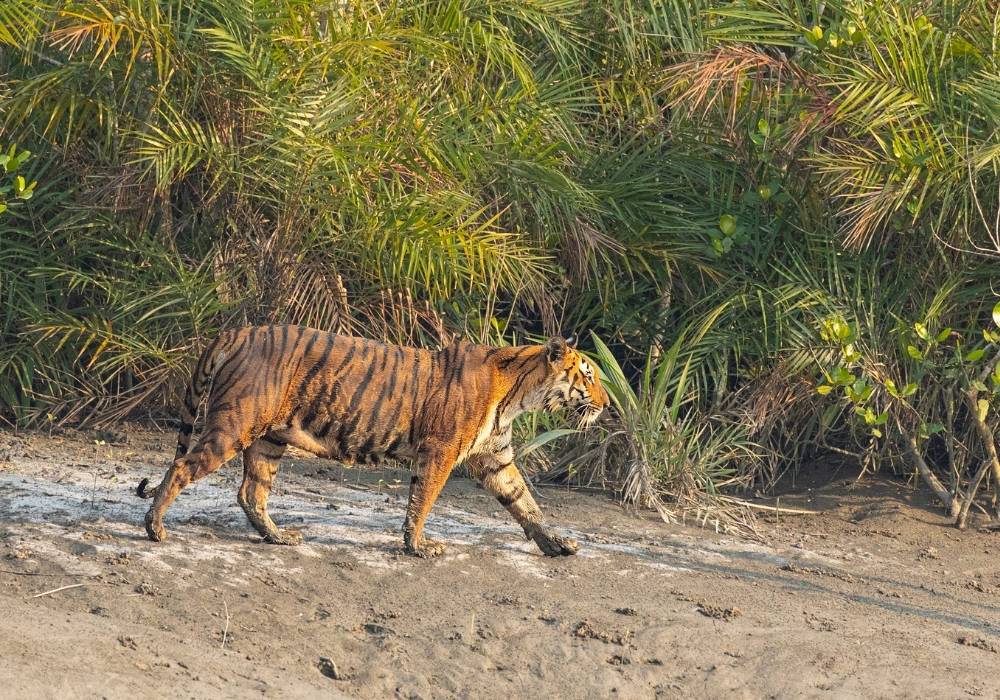
Climate change presses on every front. The Sundarbans is literally being reshaped by rising seas that are drowning habitats, shifting salinity and increasing intense storms. Tiger habitats are being narrowed down and are eroding from within. Islets disappear, freshwater sources become brackish, and prey distributions shift. These changes push tigers and people into closer contact and reduce the land’s carrying capacity for large carnivores. Scientists and managers of forests warn that even if direct threats such as poaching are controlled, a warming, rising sea presents an existential pressure that will only intensify without large-scale measures to help people and wildlife adapt.
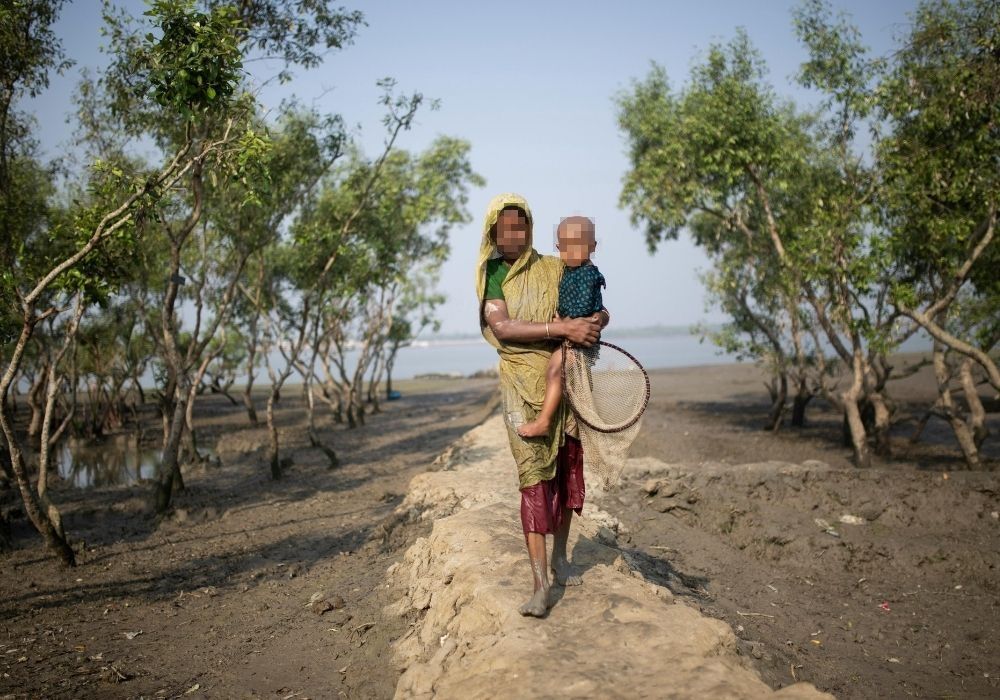
Conservation in the Sundarbans is as much about safeguarding human communities as it is about protecting tigers and their mangrove habitat. In recent years, authorities and local partners have ramped up responses that combine protection, community safety and coexistence measures. Bangladesh’s programmes include village tiger response teams, net fencing and expanded patrols, all aimed at reducing lethal encounters and conflict. On the Indian side, protected area management, compensation mechanisms and coordination with local communities are central to conservation practice. These steps matter. They have helped stabilise and, in places, nudged tiger numbers upward. But these efforts must expand and be sustained. Visual captures bring out real stories that show what’s at stake: camera trap surveys in the Sunderbans have recorded new adult tigers, cubs with their mothers, and juveniles dispersing across all four zones, underscoring a stable and breeding population in the world’s only mangrove tiger habitat.
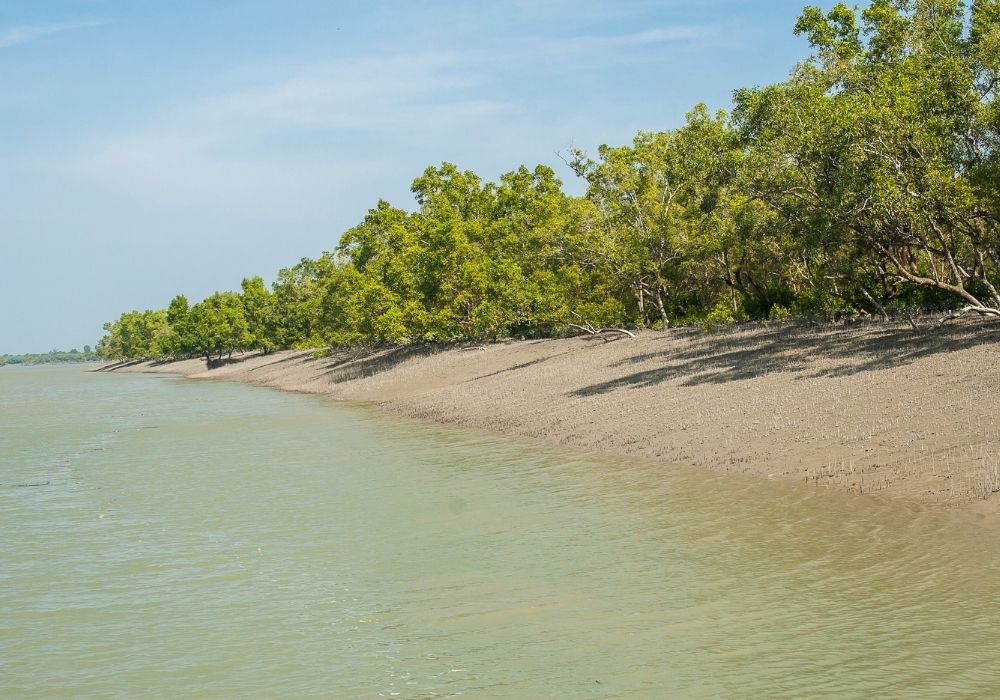
What must be done is clear and urgent. Safeguarding the Sundarbans demands stronger legal protection to stop poaching, logging, and encroachment, alongside sustainable resource management that supports responsible fishing and community livelihoods. Climate adaptation, from coastal afforestation to buffer zones, must go hand in hand with ecosystem restoration through mangrove replanting and habitat revival. Local communities need to be empowered through education and alternative livelihoods for incomes, backed by international cooperation, rigorous research and monitoring, and widespread public awareness. Finally, sustainable tourism should be promoted so that visitors contribute to, rather than compromise, the mangrove’s future.
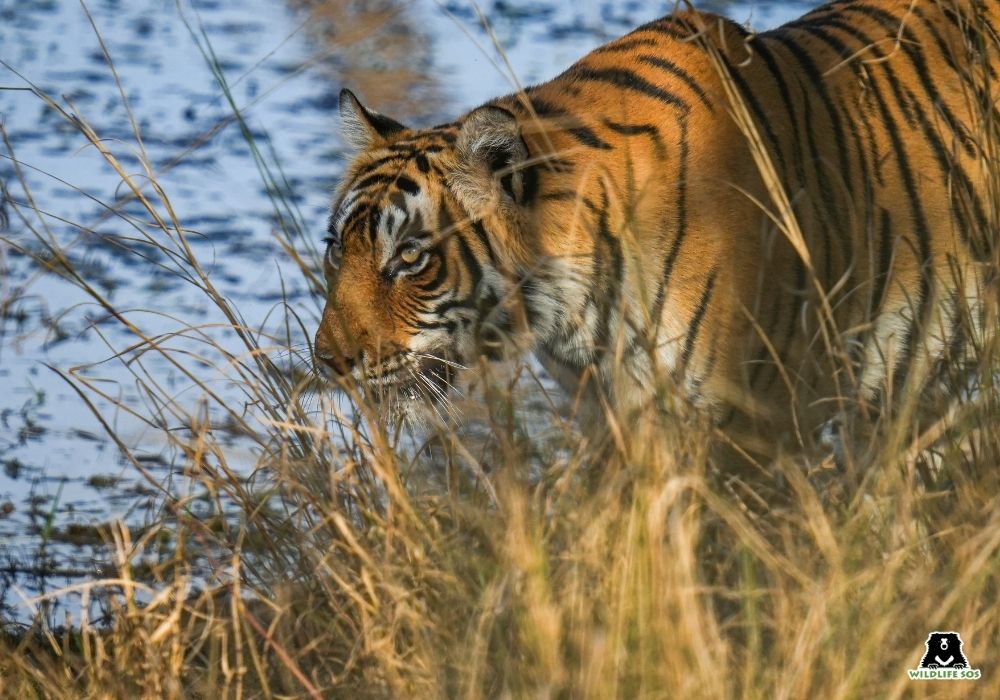
The Sundarbans tiger is a living symbol of nature’s adaptability, and of our obligation to match that adaptability with policy, resources and empathy. Protecting them means protecting an entire coastal culture and a unique, irreplaceable ecosystem. The questions are no longer whether we can conserve these tigers, but whether we will choose to sustain the long, patient work that conservation demands. If we do, these tide-born hunters will continue to roam their mangrove kingdom; if we do not, the voice of the Sundarbans will be quieter for generations. Tigers are a keystone species, and dangers to their population severely impact the balance of the ecosystem. Join Wildlife SOS in protecting India’s precious wildlife. Learn more about our anti-poaching efforts here and support our conservation initiatives by making a donation.
Feature image: Hemanta Bijoy Chakma/ Wildlife SOS






